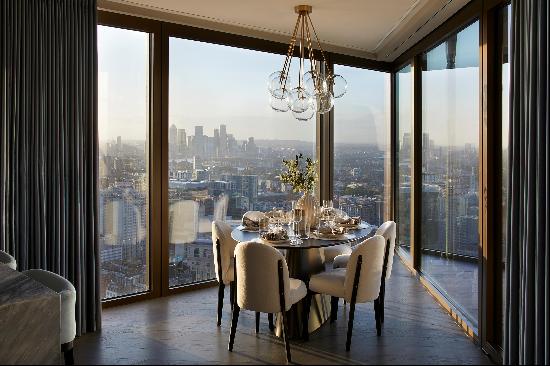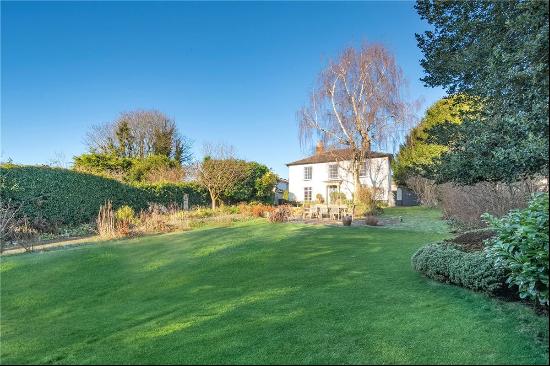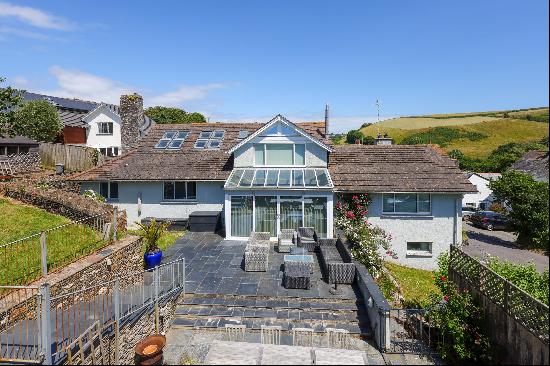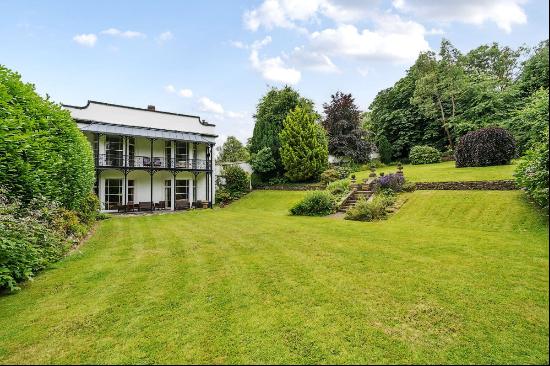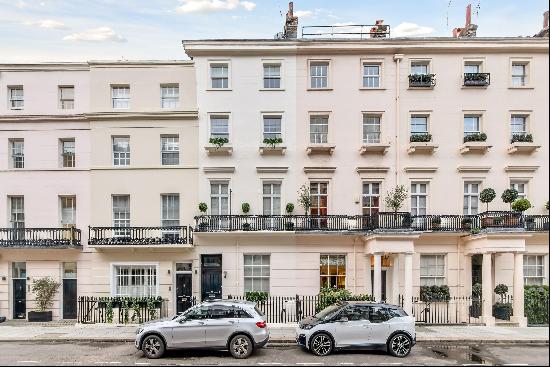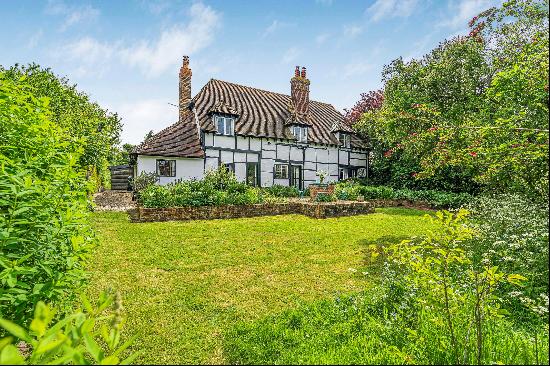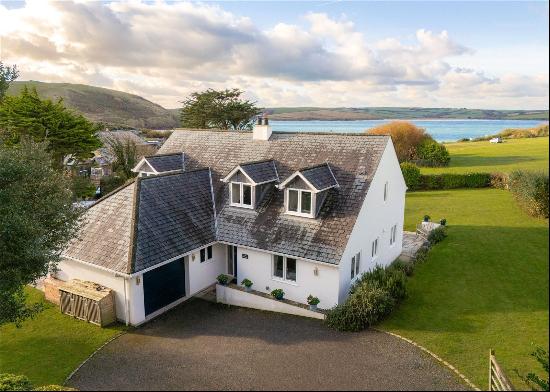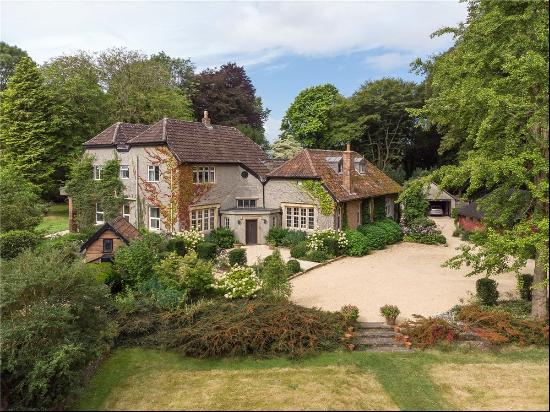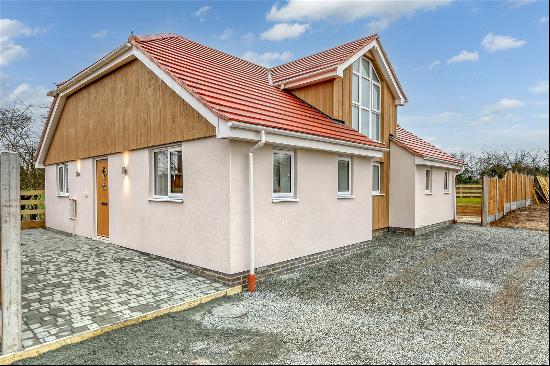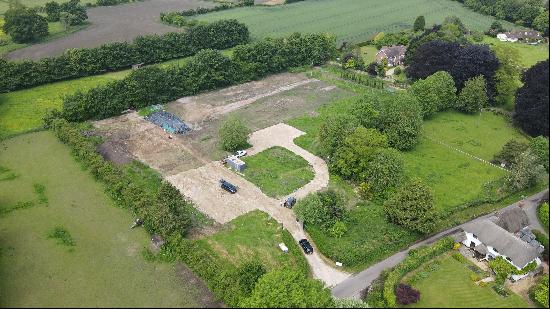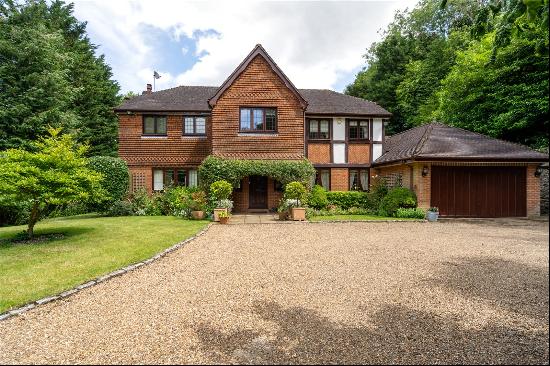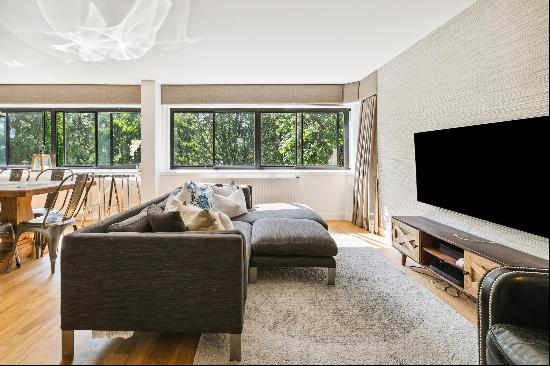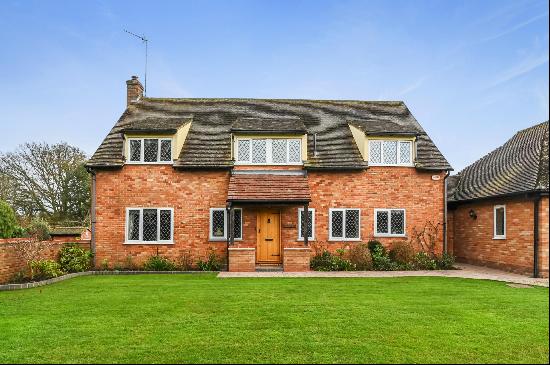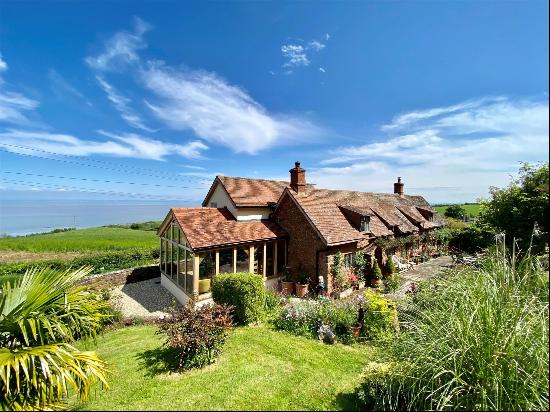
By Katie Tobin
The early months of my first year at university were filled with an ennui I attributed to my living situation at the time. Our flat didn’t have a communal dining area, so meals were an even more solitary affair than most students had to contend with. The only consolation was that my halls of residence nestled on the edge of the South Downs, a view of rolling hills and dense woodlands gracing my window.
I started to devour campus fiction as a kind of literary refuge: Vladimir Nabokov, Jeffrey Eugenides, Donna Tartt, Elif Batuman, and perhaps most resonantly, Evelyn Waugh. The aggressive brutalism of my undergraduate campus bore little resemblance to Waugh’s Oxford, but a Brideshead Castle-esque manor house lay only a short distance from my room. When we finished our lectures for the day, my friends and I would often walk around the grounds, musing over how we would decorate our own homes in the future. For me, Brideshead — as brought to life in Julian Jarrold’s 2008 film — always sprang to mind.

I only need to watch a few minutes of Jarrold’s Brideshead Revisited to be reminded why I romanticised academic life for so long. The first half of the film sees Charles Ryder (Matthew Goode) and Lord Sebastian Flyte (Ben Whishaw) in several bucolic Oxford settings: punting down the Cherwell, drinking wine until sunrise, eating strawberries and smoking, while leaning against a lakeside elm.
Brideshead — the Flyte’s ancestral home — is no less opulent. We see Sebastian bathing in a green and gold mosaic-filled bathroom, and Sebastian’s sister Julia (Hayley Atwell) lying on a chaise longue, surrounded by candles. As a hereditary Irish Catholic, I’ve always felt a pull towards a good religious interior, Brideshead's pre-Raphaelite chapel being no exception. It’s a jewel box of ornate filigree and lush colours, complete with William Morris designs on a golden tabernacle.

No matter which vision of Brideshead I have encountered (be it Jarrold’s, Waugh’s novel, or the 1981 mini-series starring Jeremy Irons), its allure has always been as much about how a home can foster small, tender, shared rituals as it is about the mansion’s opulence. Charles recalls “the languor of Youth'' during a summer holiday at Brideshead, and it’s a phrase particularly reminiscent of my misadventures with friends and partners in the many houses I've lived in. It’s true that none of my student rentals came with a fountain to skinny dip in or idyllic fields to frolic through, but I’m sure I’d have done just that if they had.
Of course, seven years into my tenure as a student, it’s only fitting that my fantasy home has been lifted from the pages of a campus novel. But if Brideshead is a rather indulgent fantasy for a perpetual student, so is the prospect of a permanent home. Even as a lecturer (a position I’d once unwittingly assumed came with far more financial stability than it actually does), my sense of home had always been tied to a sense of ephemerality. If you’re at the mercy of landlords and without a fixed income, nowhere is permanent — something my short stint in a tenants’ union showed me time and time again.
Adorning my space — no matter how small the room or short the stay — has always felt like an act of defiance. My rooms have always been decorated with my most intimate possessions; handwritten notes, framed prints, dried flowers, postcards, tickets from cinema trips and gigs, and more books than it’s reasonable for one person to own. It’s a small way of having dominion over where I live, even if it’s not technically mine. Perhaps the novelty of these material belongings is that they remind me of memories formed with my loved ones — as Waugh suggests, “we possess nothing certainly except the past”.
Sebastian abandons his belongings and Brideshead to rid himself of any residual ties to his family (including Charles), whereas I long for my home to be a shrine to everything and everyone I adore. But irrespective of our religious differences, the Flytes and I ultimately both practise a form of devotion in our homes: theirs to God and mine to the people I’ve invited inside. I can’t think of anything more fantastical than a home that reflects that.
Photography: Alamy


